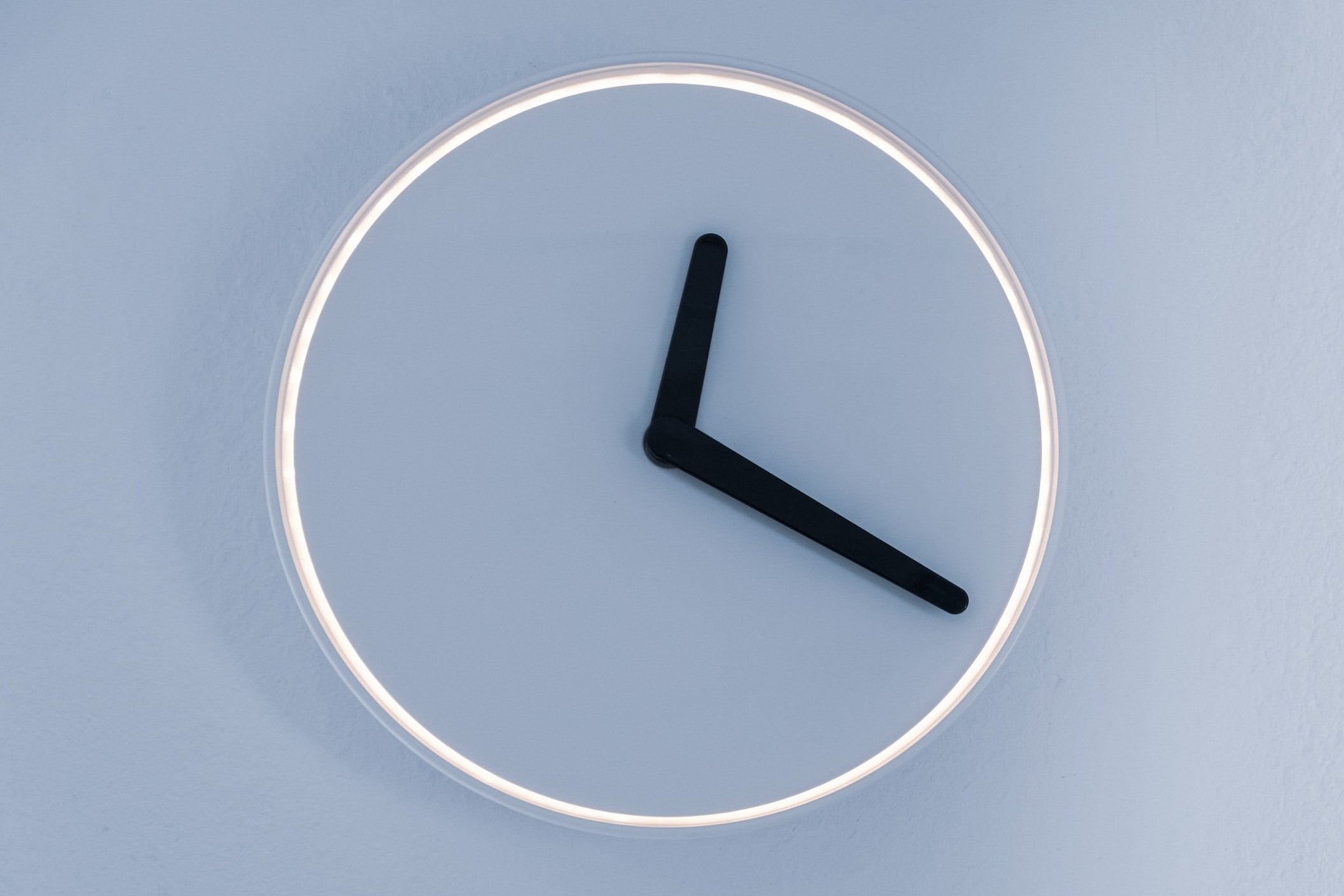How long will it take to complete speech therapy?
This question get’s asked a lot when it comes to speech and language therapy. “When will my voice be back to normal? When will my child speak fluently? How long will speech therapy take until he/she can ________?” Most often, this question comes from a place of concern as caregivers seek to find answers and a solution for their loved ones. Or, it can come from a client whose life has been interrupted due to unexpected speech or language difficulties. I think it’s easy to take our voice, speech and language for granted in the busy-ness of day-to-day life. These are skills that we use at home, in the workplace, with friends and across all pockets of our lives. We don’t think about the impact it would have to all of a sudden lose the one skill that binds all of humanity together. We don’t think about how parents feel when all of a sudden they are faced with challenges that were not part of the plan. I can absolutely empathize with my clients, their families and caregivers.
As an SLP, I wish there was a one size fits all plan of care that dictated exactly how many sessions it would take to rehabilitate a voice recovering from vocal nodules. Or, one that could tell me the number of sessions that would resolve fronting paired with final consonant deletion in a preschool student. It would make my life so much easier to know the exact number of sessions it would take for a client to learn strategies to assist with executive function resulting from a new diagnosis. Unfortunately, no such plan of care exists due to the variability of each individual patient, their diagnoses, the severity of impairment, medical history, age, and all the other relevant details that are taken into consideration. It wouldn’t be fair to ourselves or the client, if we made promises that we could not keep in the long run.
While a perfect number does not exist, it is important to note that we, as speech language pathologists, do rely on current evidence based research and practices to guide our recommendations. Thankfully, we do have access to studies that work to provide a framework to support our clinical decision making. The American Speech-Language Hearing Association (ASHA) stated that frequency (i.e., 2x per week), intensity (i.e., 30 minute session), and duration (i.e., 6 months) were all factors that directly impacted progress for individuals in speech therapy.
Let’s talk through a couple of examples to see what this might look like.
Case study #1: After a comprehensive case history and evaluation, the SLP determined that a 3 ½ year old presented with an articulation disorder that negatively impacted how well he was understood by family and non-family members. He was understood approximately 30 to 40% of the time and presented with phonological processes of final consonant deletion, devoicing in final sounds and fronting. Research states that these processes should be gone at this age and intelligibility should be at approximately 75% or greater. Therefore, a clinician might recommend 30 minute sessions 2-3 times per week for a 12 week period. The rationale behind this treatment plan is that studies show greater growth when children who present with articulation disorders have increased frequency. Attention spans at that age may vary which is why shorter 30 minute sessions would be more appropriate. At the 12-week mark, progress is reviewed and a plan is made for the next 12-week time frame. If the child demonstrates appropriate articulation and intelligibility, speech therapy may be concluded. However, if more therapy is needed, the plan of care might be modified or continued.
Case Study #2: A 34 year old male was referred by an ENT specialist after finding vocal nodules following excessive use of the voice while struggling with allergies and over-use of the voice due to his profession. After reviewing referral documentation, conducting a thorough case history and performing a complete evaluation, the SLP found that the quality of voice was significantly impaired and reduced the patient’s overall quality of life. Therefore, a recommendation was made for 45 minute sessions 1 time per week for a 12 week period. Therapy frequency is reduced and intensity is increased because during the session the clinician is educating, modeling and practicing strategies for at-home use. Voice therapy incorporates patient education and relies heavily on patient follow through with techniques completed at home and in their natural environment. After 12 weeks, progress is reviewed to determine the need for continued therapy services and a decision to continue or conclude the plan of care is decided on.
These are just some examples of how and why POC’s (plan of care) vary from patient to patient. A lot of thought is put into the rationale and intention of therapy. But, the length of time needed to remediate or rehabilitate a disorder is impossible to determine. It’s an ongoing and dynamic process that changes over time. There will be periods of noticeable growth and sometimes there will be periods of staggering or no growth.
One factor that does significantly demonstrate a positive impact on therapy is PRACTICE AT HOME. Carrying over strategies and techniques that are learned in therapy to the real world (i.e., home, school, workplace, playground, store, etc.) is where improvement thrives.
All this to say, trust the process and the SLP. We have your best interest at heart!
